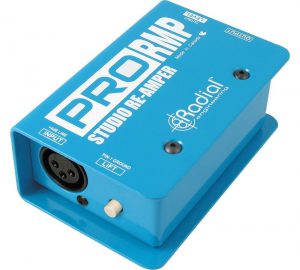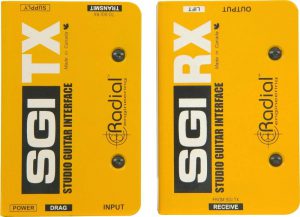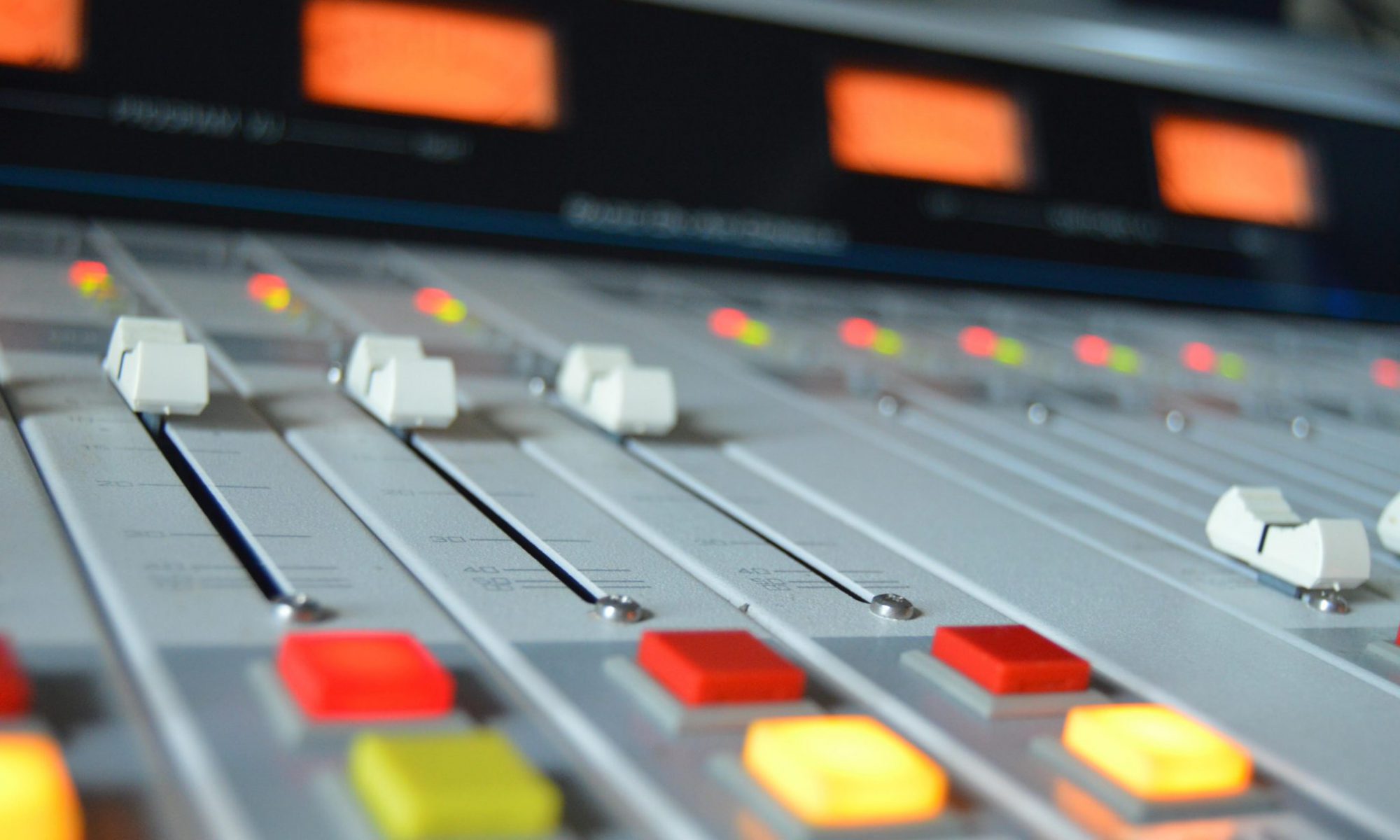Well it’s that time, week 3 of our Tips and Tricks series (check out this link if you’ve missed the other posts), where we are going to briefly discuss the proper way to make guitars wireless and how to properly extend that guitar cable between the pedal board and the amp. Too many times I’ve seen guitar players or sound techs wanting to isolate the amp from the stage or run the show wireless and do so by running 60 foot long unbalanced cables everywhere to accommodate that need. Than, during rehearsal or the show they start hearing some interference and are all too quick to blame pedalboard’s or guitar pickups or grounding issues in the audio system. But, in this instance, maybe for once, it isn’t the ill-soldered pedalboard’s fault. Simply making a cable that has the right connectors on it won’t work as simply as you think it might. It’s important to maintain proper signal and impedance between the pedals and the amp to ensure that we aren’t attenuating or altering the signal in any way. The same applies if you want to make your guitar players wireless.
The first thing to consider is if you are plugging the guitar in wireless you are electronically balancing the signal in the receiver so you need to get it back to unbalanced guitar signal. We use the line output setting on the receivers and our sub snake system to get the signal back out to the players pedalboard. From there,  radial makes a box called the Pro-Amp Studio Re-Amper. This box acts like a reverse direct box (because of the way you’ll likely plug it in you’ll also need a gender changer). It takes the balanced signal and through the use of a transformer changes it back to the unbalanced signal that the pedals are expecting. There is also a level attenuation adjustment in case it’s coming in too hot (never had to use this). You can also choose to lift the ground if there is an issue there as well. Here is a link from radial describing the box and a link to amazon if you would like to buy one. We keep a few around for use with any of our guitar players if necessary.
radial makes a box called the Pro-Amp Studio Re-Amper. This box acts like a reverse direct box (because of the way you’ll likely plug it in you’ll also need a gender changer). It takes the balanced signal and through the use of a transformer changes it back to the unbalanced signal that the pedals are expecting. There is also a level attenuation adjustment in case it’s coming in too hot (never had to use this). You can also choose to lift the ground if there is an issue there as well. Here is a link from radial describing the box and a link to amazon if you would like to buy one. We keep a few around for use with any of our guitar players if necessary.
But that is only step one in the process. Step two is getting from the pedalboard back to the amp that has hopefully been isolated back stage or perhaps is in the corner. Lots of people is this step will just get long guitar cables but this isn’t generally a good idea as it is an unbalanced signal. Over any length, if it comes close to power or just about anything magnetic you will start to hear interference from other sources get picked up and than get amplified by the guitar amp (I’ve done this before and under the right circumstances can work, but you have to be very careful about where that cable runs in order to avoid issues).  In this situation you will want to use an SGI set from radial as well. This is a two box system with a power supply on the sending box (it does take a unique power supply so unfortunately can’t be powered by the pedalboard power supply). The SGI boxes take the unbalanced guitar signal, converts to balanced xlr (which can go 100 meters) and then reverses the process at the amplifier. Because we all have xlr infrastructure just about everywhere, these boxes are really helpful and useful. Once again, lots of folks will just use a long guitar cable but the same issues that we dealt with in the last step still apply here. These boxes, while I understand is another expense, really ensure clean and proper signal flow between the pedals and the amp. Several players I’ve known were hesitant at first after having issues in the past when people attempt to just use cables to convert or don’t convert at all having signal degradation issues. But after doing this they are sold. Here are some links like we did above: informational page from radial, purchasing link from amazon.
In this situation you will want to use an SGI set from radial as well. This is a two box system with a power supply on the sending box (it does take a unique power supply so unfortunately can’t be powered by the pedalboard power supply). The SGI boxes take the unbalanced guitar signal, converts to balanced xlr (which can go 100 meters) and then reverses the process at the amplifier. Because we all have xlr infrastructure just about everywhere, these boxes are really helpful and useful. Once again, lots of folks will just use a long guitar cable but the same issues that we dealt with in the last step still apply here. These boxes, while I understand is another expense, really ensure clean and proper signal flow between the pedals and the amp. Several players I’ve known were hesitant at first after having issues in the past when people attempt to just use cables to convert or don’t convert at all having signal degradation issues. But after doing this they are sold. Here are some links like we did above: informational page from radial, purchasing link from amazon.
So just to reiterate, we go from guitar to wireless pack, to receiver, back to the pedalboard, through the Studio Re-Amper, through the pedals, into the SGI TX box, back to the amps, through the SGI RX box, and into the amp. As long as you follow this path, everything will turn out exactly like it should. I know, I know, shortcuts are easier and cheaper but as sound techs we are here to support the band as best that we can, this is the way to do that. Ensuring clean audio is especially important in the studio, which is where these products were developed but they work so well everywhere else, you’ll see them in a variety of roles. It wasn’t until more recently I even knew about them and just had to deal with issues from isolating amp cabinets but with this knowledge now, I definitely won’t go back. If you don’t even have the SGI pairs, please consider picking up one or two pairs, I promise they will save you at least a few hours of headache.
That’s it for this week, hopefully you better understand the correct way to move guitar signal around and have the ability to improve your setup as necessary. As always feel free to comment below or email us at engineers@studiostagelive.com, and we will answer as soon as we possibly can. See you next week!
